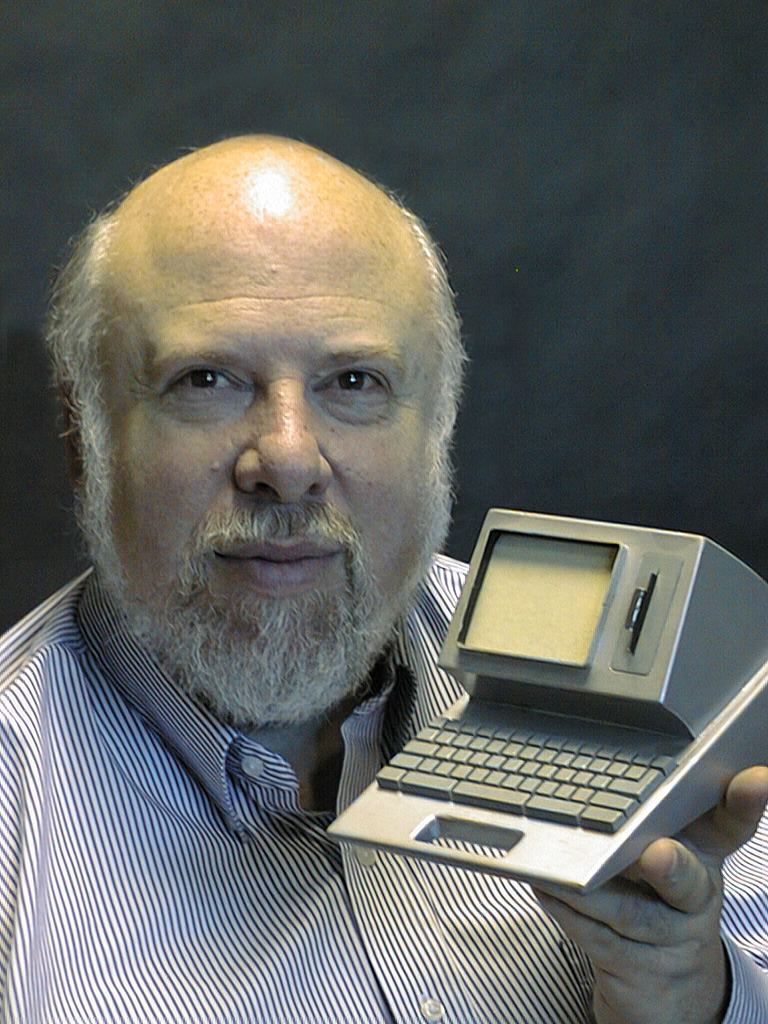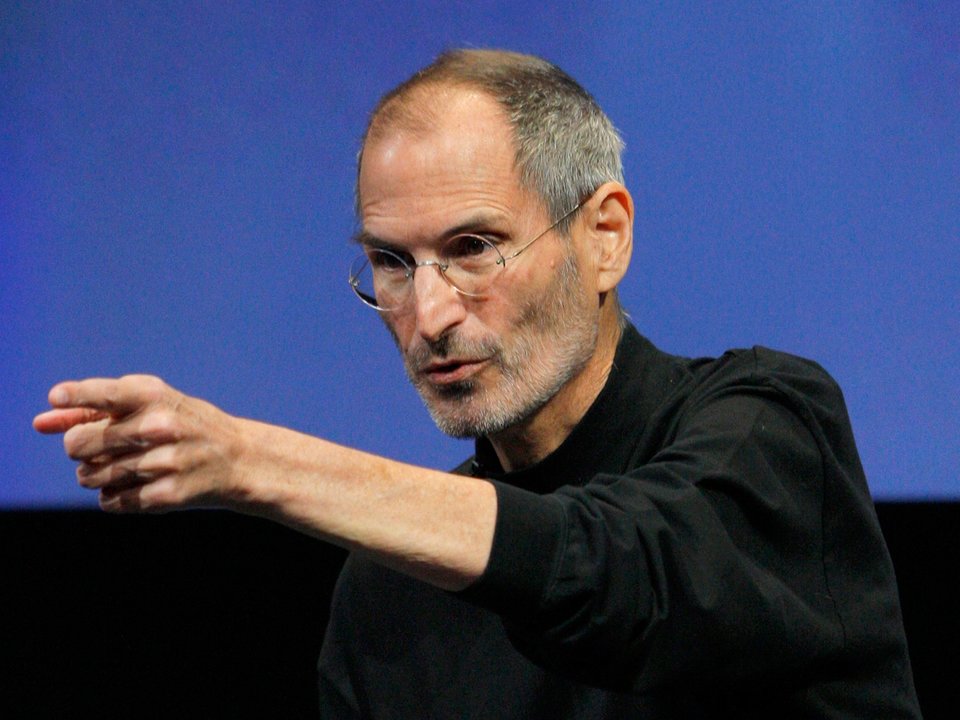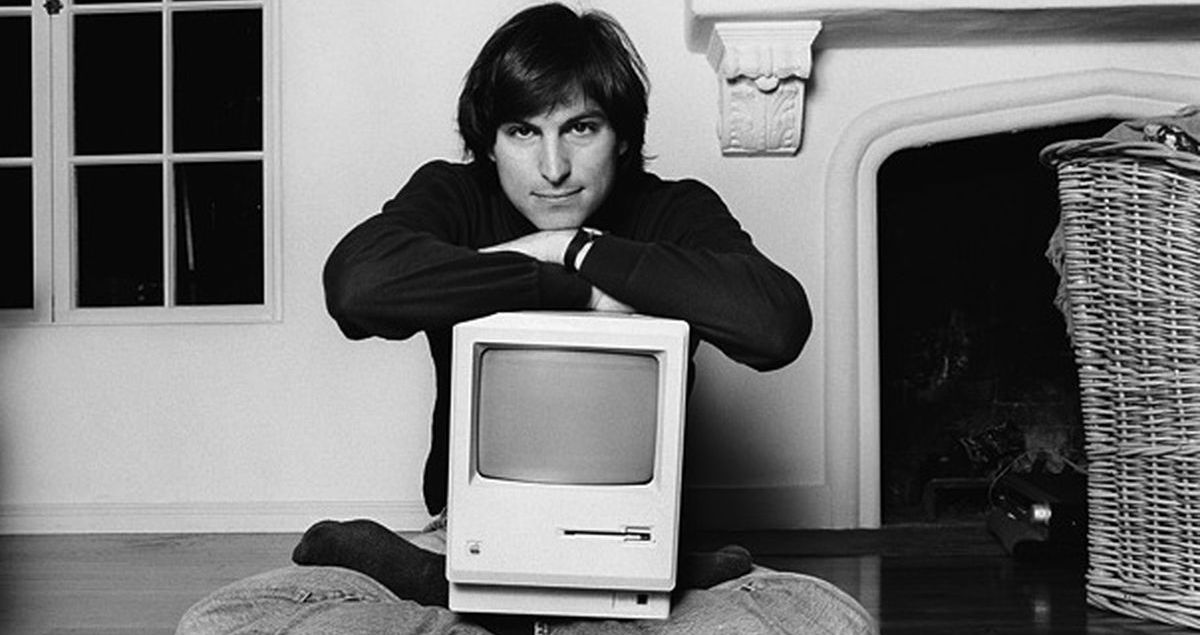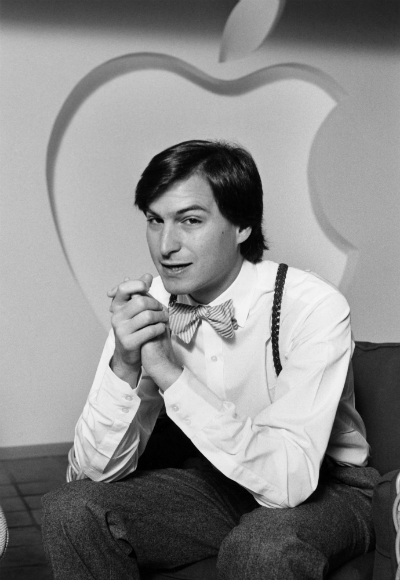Even Steve Jobs - after all, like anyone else - had his ups and downs. Complaining about him, however, required a considerable amount of courage, or the absence of the instinct of self-preservation. Jef Raskin, one of the creators of the Mac, got down to it after all.
Different ideas
It was 1981, and Jef Raskin, the creator of the Macintosh project, sent then Apple CEO Mike Scott a detailed list of complaints about working with Steve Jobs. With hindsight, this situation may seem like something out of The Big Bang Theory, but in reality, it was probably not an easy task - for anyone involved. In his memo, he complained about Jobs' managerial shortcomings, inability and unwillingness to listen, and a number of other things.
Raskin's original Macintosh concept, which he began working on as early as 1979, differed greatly from the final product of 1984. Raskin stuck to his idea of the most portable computer possible, which could easily adapt to the demands and requirements of its owner. According to Raskin's vision, the Mac was supposed to automatically recognize what its owner was currently doing, but switch between individual programs accordingly.
One of the things Jef Raskin rejected was the computer mouse - he didn't like the idea of users having to constantly move their hands from the keyboard to the mouse and back again. His idea of the final price of the Macintosh was also different - according to Raskin, it should have been a maximum of 500 dollars, but at the time the Apple II was sold for 1298 dollars and the "truncated" TRS-80 for 599 dollars.
Clash of titans
The dispute between Raskin and Jobs regarding the upcoming Mac dates back to September 1979. While Raskin wanted an affordable computer to emerge from Apple's workshop, Jobs wanted to make the best computer in the world and not look back at the price. "Concerning ability first is nonsense," Raskin said in his letter to Jobs. "We have to start both with setting the price and setting the performance, and at the same time have an overview of the technology of the near future.".
As Jobs moved on to other projects, the dispute seemed to be swept under the rug. Steve began work on the Lisa project, a computer with the desired graphical interface and mouse. But he was fired from the project in the fall of 1980 because of his "disturbing influence". In January 1981, Steve anchored the Macintosh project, where he immediately wanted to take everything into his own hands. But that didn't sit well with Raskin, who felt his influence was waning, and sent his boss at the time, Mike Scott, a comprehensive list of Jobs' negatives. What was in it?
- Jobs constantly misses meetings.
- Acts without forethought and with poor judgment.
- He cannot appreciate others.
- He often responds "ad hominem".
- In pursuit of a "fatherly" approach, he makes absurd and unnecessary decisions.
- He interrupts others and does not listen to them.
- He doesn't keep his promises and doesn't fulfill his obligations.
- He makes decisions "ex cathedra".
- He is often irresponsible and reckless.
- He is a bad software project manager.
An investigation into the matter showed that Raskin's criticism was not entirely off the mark. But Jobs also came up with a number of useful ideas that were simply at odds with Raskin's visions. In the following year, Jef Raskin finally left a number of Apple employees, CEO Mike Scott even left earlier.




"According to Raskin's vision, the Mac was supposed to automatically recognize what its owner was doing, but switch between individual programs accordingly."
Aren't the words "not only" and "also" missing in that sentence? I thought it would be less stupid then. :)